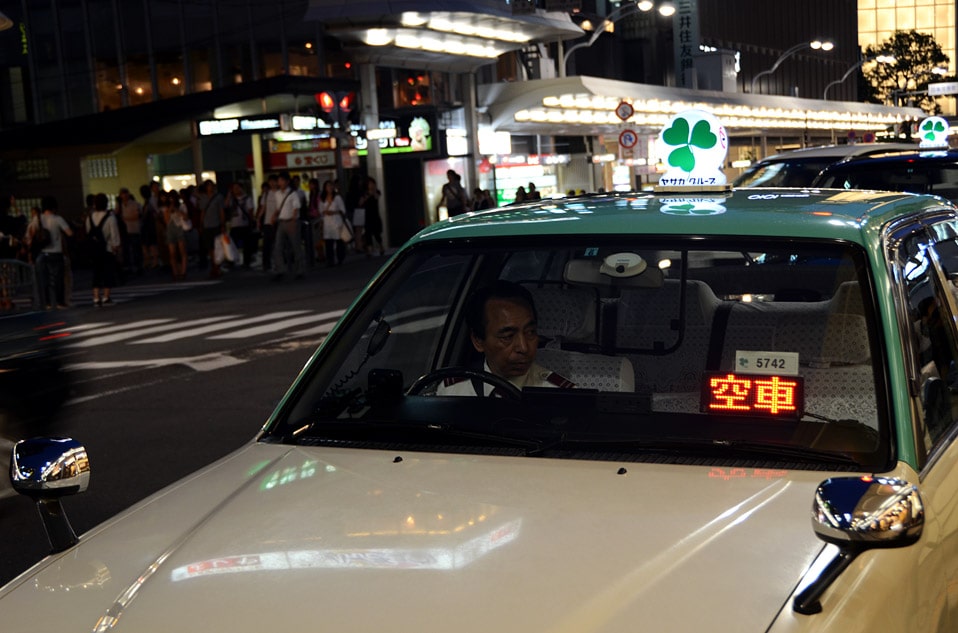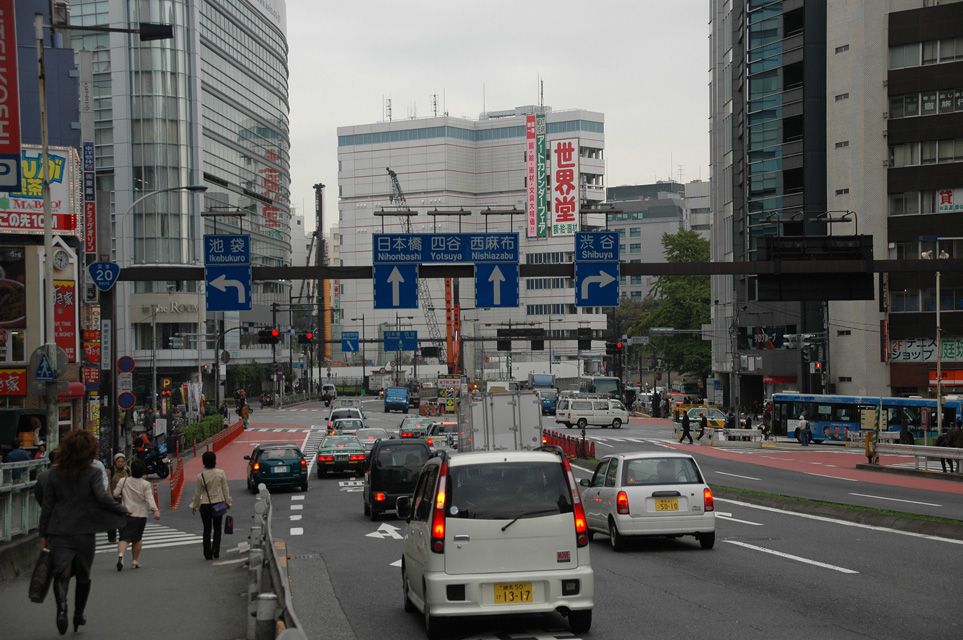Japan is a country famous for its polite culture. The typical example is patience and tolerance for each other. Obviously, every Japanese driver also has nice gestures towards those around them. After reading the article, you will realize that even the small gestures of the Japanese driver make you think and learn.
Despite a large population and dense distribution, Japan has one of the lowest traffic accident rates in the world. So what is the secret to this success?
As you know, traffic problems are always a burning issue that many people care about in countries around the world. However, this problem is always the Japanese government’s concern and top priority. Urban infrastructure and transportation systems are always focused on developing first. Not only does it have an advanced transportation system. But the Japanese also have their own traffic culture, making a difference compared to other countries.
Contents
5 Tactful Acts Every Japanese Driver Does
Ensure absolutely safety for passengers
An interesting thing you can see in the media, most of the bus or taxi drivers are elderly people. The reason is that traffic laws stipulate the driving age in japan is to be allowed to drive passenger vehicles (such as taxis or buses). It will ensure that the driver is experienced and responsible enough to carry passengers and ensure the safety of the passenger.
Most car designs in Japan always include seat belts for the passengers in the car. Therefore, everyone is required to use seat belts, it should be noted that wearing a seat belt. When sitting in a car is to ensure safety when participating in traffic, even when taking a taxi.

Always patience
You will be surprised that the speed limit in Japan is lower than the average in the world. Specifically, 40 km/h in urban areas and 80-100 km/h on the highway. Some small streets are only allowed to go at a speed of 30 km/h.
Although Japanese drivers have to drive at a slow speed. People here are also willing to put up with one another. They are very happy when another car needs to cross to change direction or enter lanes. And the vehicle that is given way will flash the light to thank as a rule in communication. Politely and intelligently, this action has been established and become the driving culture in Japan if you want to thank someone for giving way.
Patience is also shown in an interesting thing: Taxis line up in an orderly way to pick up passengers. In Japan, the public transportation system is very developed. However, this system does not operate 24/7 and is not always convenient in small cities. Therefore, a taxi is an optimal choice when the metro system is not working. The remarkable point here is that Japanese drivers never compete for passengers. But queue up and then inch up in order to pick up customers.
No lane encroachment and honking
Honking and encroaching on the road is one of the actions that happen frequently during rush hours. But these two actions do not happen at all in Japan. If you have the opportunity to come to Japan. You will witness the scene of cars lining up for a long time because of traffic jams. But there was absolutely no complaint or loud honking. This is completely understandable because the queuing culture has been formed in Japan for a long time. Become one of the most beautiful cultural features of the Japanese people.
Give way to pedestrians
When driving Japan motor vehicles, you will find the drivers peculiarly patient. Although their lives are always rushed, the driving style is calm. Obeying the law very seriously, in which pedestrians have priority. The driver must always yield under any circumstances.
Japanese people always believe that when participating in traffic. “Large vehicles must give priority to small cars, pedestrians must be the first priority”. This rule has existed for a long time in Japan. The reason for the action is because most people often walk and use public transport. While the priority of small cars is to ensure traffic order and safety on the road. Pedestrians always cross the road at the right position at intersections with signal lights. All cars when turning in must stop to give way.
Taxis equipped with automatic doors
Instead of letting the passenger open the door or the driver getting out of the car to open the door for the passenger. Many taxis in Japan are equipped with automatic doors that can automatically open and close by only pushing a button. This initiative originated from a taxi company called “Osaka Tonbo Taxi” in Osaka Prefecture.
Japan is one of the countries with a fast pace of life, they value their time. Don’t miss work even for a second, so forgetting to close the car door after leaving is not too rare. Not only convenient, but automatic doors also replace a warm greeting from the driver to Japanese people and tourists around the world.
>> Related post: 3 Driving Habits of Japanese People that We Should Learn From
Traffic rules in Japanese culture.

What makes a different traffic culture in Japan? Traffic in Japan is a diverse and synchronous transportation system, crowded but not messy:
- The vehicle will go on the left, pedestrians will go on the right. To match the direction, the driver’s seat will be designed on the right.
- Turning are not allowed at red lights: Turning left and right at red lights is a violation of traffic laws
- Mandatory flashing of turn signals when changing lanes: In Japan, there are strict rules about when you want to change lanes or enter a new lane. All vehicles participating in traffic must flash their turn signal 3 seconds before they want to enter the lane with another vehicle.
So when buying a car in Japan and you want to drive in this country, please take note of these rules to avoid unwanted situations.
Final Thoughts
The article told you about 5 tactful gestures of Japanese drivers. Some acts are obeying the law, others have been formed for a long time. And have become the habits and culture of the people in the rising sun. In other countries, not everything is suitable and applicable. Either way, driving safely for yourself, your passengers, and other people is a top priority.



